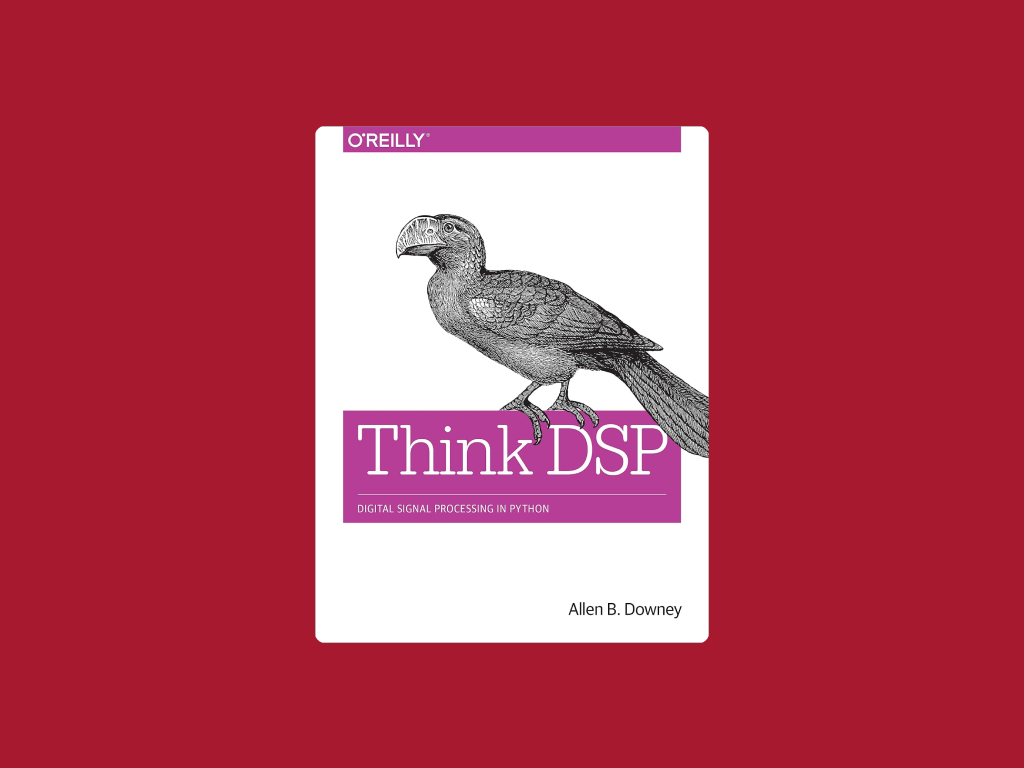AZ-400: Implement CI with Azure Pipelines and GitHub Actions
Description
Module 1: Explore Azure PipelinesBy the end of this module, you'll be able to:Describe Azure PipelinesExplain the role of Azure Pipelines and its componentsDecide Pipeline automation responsibilityUnderstand Azure Pipeline key termsModule 2: Manage Azure Pipeline agents and poolsBy the end of this module, you'll be able to:Choose between Microsoft-hosted and self-hosted agentsInstall and configure Azure Pipelines AgentsConfigure agent poolsMake the agents and pools secureModule 3: Describe pipelines and concurrencyBy the end of this module, you'll be able to:Use and estimate parallel jobsUse Azure Pipelines for open-source or private projectsUse Visual DesignerWork with Azure Pipelines and YAMLModule 4: Explore continuous integrationBy the end of this module, you'll be able to:Explain why continuous integration mattersImplement continuous integration using Azure PipelinesExplain benefits of continuous integrationDescribe build propertiesModule 5: Implement a pipeline strategyBy the end of this module, you'll be able to:Define a build strategyExplain and configure demandsImplement multi-agent buildsUse different source control types available in Azure PipelinesModule 6: Integrate with Azure PipelinesBy the end of this module, you'll be able to:Describe advanced Azure Pipelines anatomy and structureDetail templates and YAML resourcesImplement and use multiple repositoriesExplore communication to deploy using Azure PipelinesModule 7: Introduction to GitHub ActionsBy the end of this module, you'll be able to:Explain GitHub Actions and workflowsCreate and work with GitHub Actions and WorkflowsDescribe Events, Jobs and RunnersExamine output and release management for actionsModule 8: Learn continuous integration with GitHub ActionsBy the end of this module, you'll be able to:Implement Continuous Integration with GitHub ActionsUse environment variablesShare artifacts between jobs and use Git tagsCreate and manage secrets
Tags
Syllabus
Syllabus Module 1: Explore Azure PipelinesIntroductionExplore the concept of pipelines in DevOpsDescribe Azure PipelinesUnderstand Azure Pipelines key termsKnowledge checkSummaryModule 2: Manage Azure Pipeline agents and poolsIntroductionChoose between Microsoft-hosted versus self-hosted agentsExplore job typesIntroduction to agent poolsExplore predefined agent poolUnderstand typical situations for agent poolsDescribe security of agent poolsKnowledge checkSummaryModule 3: Describe pipelines and concurrencyIntroductionUnderstand parallel jobsEstimate parallel jobsDescribe Azure DevOps and open-source projectsExplore Azure Pipelines and Visual DesignerDescribe Azure Pipelines and YAMLKnowledge checkSummaryModule 4: Explore continuous integrationIntroductionIntroduction to continuous integrationLearn the four pillars of continuous integrationExplore benefits of continuous integrationDescribe build propertiesKnowledge checkSummaryModule 5: Implement a pipeline strategyIntroductionConfigure agent demandsImplement multi-agent buildsExplore source control types supported by Azure PipelinesKnowledge checkSummaryModule 6: Integrate with Azure PipelinesIntroductionDescribe the anatomy of a pipelineUnderstand the pipeline structureDetail templatesExplore YAML resourcesUse multiple repositories in your pipelineCommunicate with Azure PipelinesCommunicate to deploy to target serversExamine other considerationsKnowledge checkSummaryModule 7: Introduction to GitHub ActionsIntroductionWhat are Actions?Explore Actions flowUnderstand workflowsDescribe standard workflow syntax elementsExplore eventsExplore jobsExplore runnersExamine release and test an actionKnowledge checkSummaryModule 8: Learn continuous integration with GitHub ActionsIntroductionDescribe continuous integration with actionsExamine environment variablesShare artifacts between jobsExamine Workflow badgesDescribe best practices for creating actionsMark releases with Git tagsCreate encrypted secretsUse secrets in a workflowKnowledge checkSummary Read more
Related Books

AZ-400: Implement CI with Azure Pipelines and GitHub Actions
-
Provider




